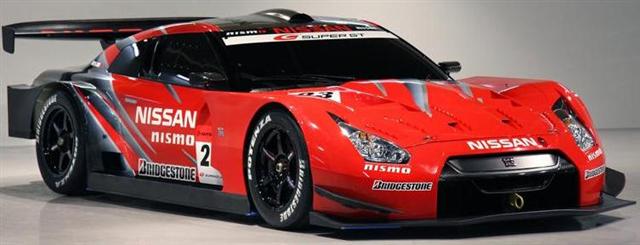Gear Ratios
Gear ratio is a number, usually expressed as a decimal fraction, representing how many turns of the input shaft cause one revolution of the output shaft. It applies to transmission, power take off, power dividers and rear axles. It can be defined as the ratio between numbers of teeth on the meshing gears. If the input gear is turning faster than the output gear, the system is said to have power ratio. If the input gear is turning slower than the output gear then the system is said to have a speed ratio.
In simple gear arrangement, the gear ratio can be simple calculated by looking at the number of teeth on the two gear wheels. It can also be calculated by dividing the tooth count of ring gear to the tooth count of pinion gear, carry out to 2 decimal point. The diameter of the gear wheel can also be calculated. A high gear ratio implies a high torque.
The special case of gear ratios are the engine speed of the car to the rotation of the drive wheels. In top gears, one turn of the engine crankshaft results in one turn of the drive wheels. Lower gears require more turns of the engine to provide single turn of the drive wheels, producing more torque at the drive wheel.
In a bicycle if the front gear is smaller than the back gear then the cycle is said to have power ratio and the cycle moves easily up the hill. On the other side, if the front gear is larger than the back gear then it has speed ratio and this enables the cycle to go downhill easily.
Several gearboxes use the drive ratio of 15/46.
| Gear no. | Group teeth | Loose gear | Overall ratio |
| 1 | 9 | 51 | 17.40 |
| 2 | 12 | 42 | 10.71 |
| 3 | 16 | 39 | 7.47 |
| 4 | 19 | 35 | 5.65 |
A final drive ratio of 2.8:1 is commonly used, especially with cars with automatic transmission. This means that the drive pinion must rotate 2.8 times to make the ring gear rotate one time. On cars with manual transmission more torque application is used, generally a ratio of 3.5:1 is used. Small engine cars and trucks use a final drive ratio of 4.5:1 to provide more torque to enable them to pull or move heavy loads.
The overall gear ratio is equal to ratio of ring and pinion gear multiplied by the ratio of speed gear the car is operating in. For example, if a car has a final drive ratio of 3:1, the total final drive ratio for each transmission speed is as follows:
| - | Transmission ratio | Final drive ratio | Total final drive ratio |
| First gear | 3:1 | 3:1 | 9:1 |
| Second gear | 2.5:1 | 3:1 | 7.5:1 |
| Third gear | 1.5:1 | 3:1 | 4.5:1 |
| Fourth gear | 1:1 | 3:1 | 3:1 |
| Fifth gear | 0.75:1 | 3:1 | 2.25:1 |









.jpg)
No comments:
Post a Comment
Pls put your comment here.
Include your nick pls